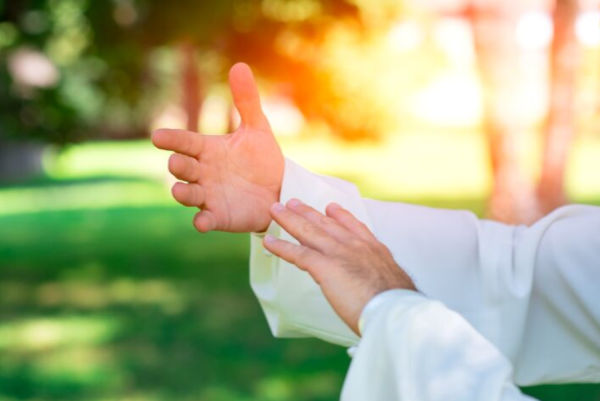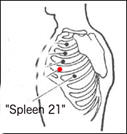
The Importance of Releasing in Tai Chi Chuan
One of the aspects that I have found most important to teach over the years is the release aspect in Tai Chi Chuan practice. Why is this important?
Our Western culture, and perhaps human nature, emphasizes the active yang aspect, with less understanding and practice of the receptive yin aspect. Since Taoism is a fundamental source for understanding Tai Chi Chuan, and Taoism expounds the understanding of yin and yang, this is an important entry point for understanding Tai Chi Chuan, with two translations being “great ultimate movement” or “grand ultimate fist.”
From fully expressed polarities of receptive and active comes a complete experience that is beyond the duality. That is the meaning of the word “ultimate” in the translation “great ultimate movement” or “grand ultimate fist.” It is ultimate because it is beyond the limitation of passive and active.
Because the perception of brain and body being distinct from each other is mostly an illusion, the degree to which we release “mentally” can also be seen in our movements. In my experience, the most visible difficulty in releasing for beginners comes in relation to the abdomen and the hip joints. Lack of mid-section release can especially be seen in those who have not practiced long, or where a previous teaching environment did not emphasize releasing the mid-section before action.
At some point, the practitioner is able to start releasing the abdomen and hips, and correspondingly following that with activation of the ball and toe of the foot in order to support finger movement. When this occurs, the practitioner often emits a statement of enthusiasm and excitement, because it is like discovering a lost super-power.
The ability to flexibly and fluidly use the mid-section to connect the extremities of the feet and the fingers, is essential for every sport.
Another essential aspect of releasing is allowing the triceps (or elbows) to stay floating when the upper body tilts forward and the tailbone drops, as part of our pre-action. This is how we naturally jump, and is similar to the way most birds sink and open their wings before taking off from the ground.
The subsequent action movement follows the pre-action setting up phase. It involves making the back vertical again, with exception of Get the Needle at the Bottom of the Sea and of Snake Creeps Down, although the principle applies there in a different format, beyond the scope of this current article.
When the upper body goes from tilting to vertical, it sends a vector of force straight down into the ground while also creating a forward force that counters the backwards direction of the upper body. Our brain inherently understands this if our tension does not interfere. Movement and brain function without tension is restorative of physical comfort and a good mood!
The continuity of connection, activated starting from the brain, using the ball and toe of the activating foot, through the leg’s vastus medialis muscle and the rest of the quadriceps, and through the hips, the ribs, and the triceps, and finally to the fingers, allows the whole brain and body to activate fully, even if the force being applied is subtle such as during Short Form or other Form practice.
This awakening of brain and body is good for martial arts and all sports, for musical and other performance, and for energy flow and well-being.
I won’t go into great detail here, but for those who enjoy Push-Hands practice, releasing is similarly of vital importance. When there is tension in any part of the body, your partner in practice or your competitor can sense that and rapidly respond to the tension with an effective push.
Whether it is tension in the arms, often leading to the arms being used by your practice partner or competitor as convenient handles for uprooting, or tension in the mid-section, leading to a direct and effective attack on the body position itself, the ability to fully and rapidly release is an essential component when trying to enter to an advanced level of Tai Chi Chuan Push-Hands skill.
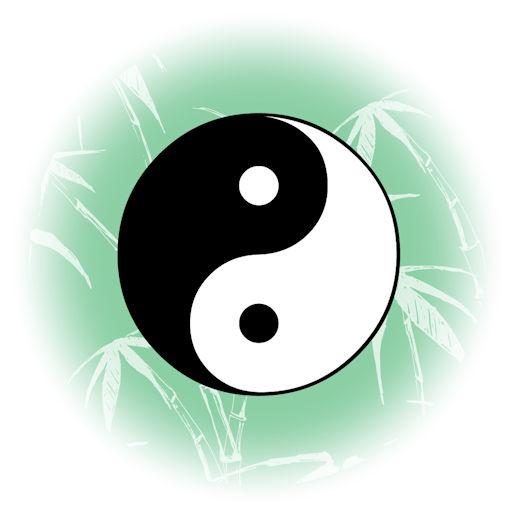



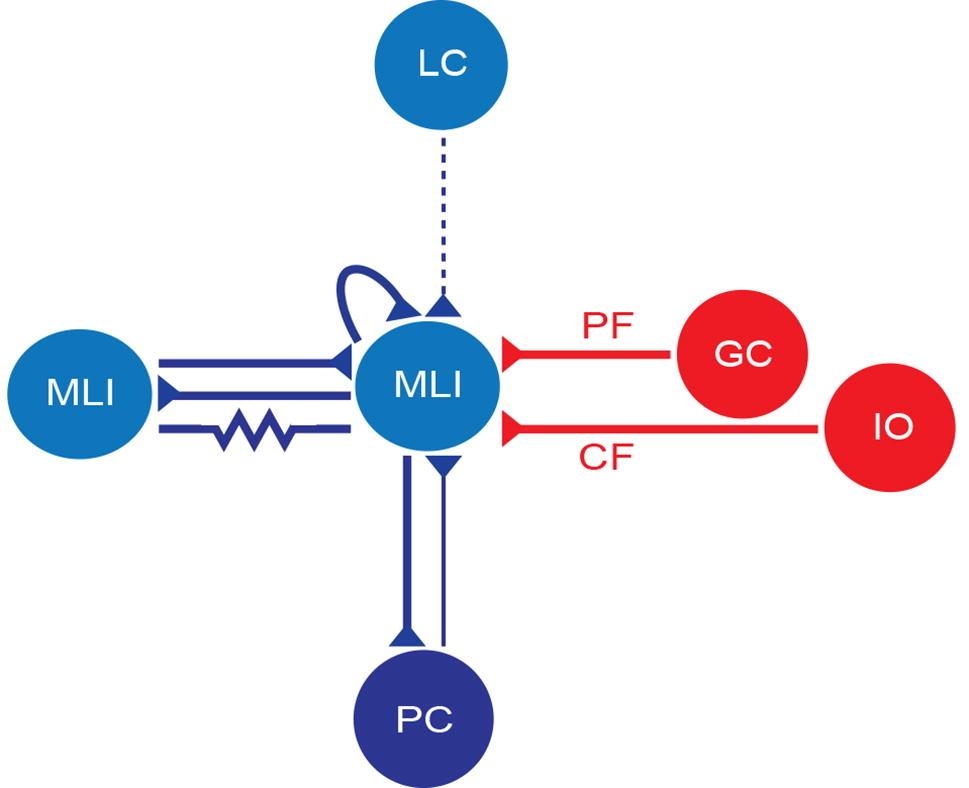
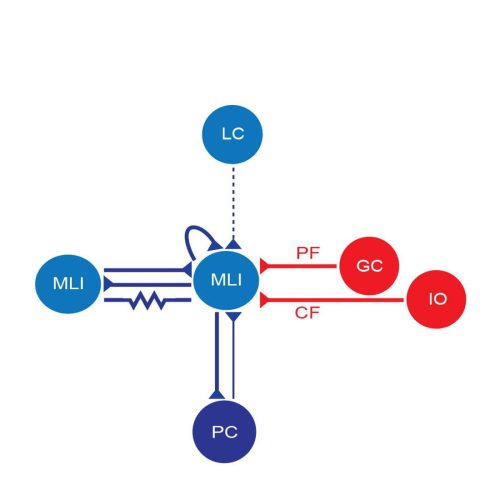
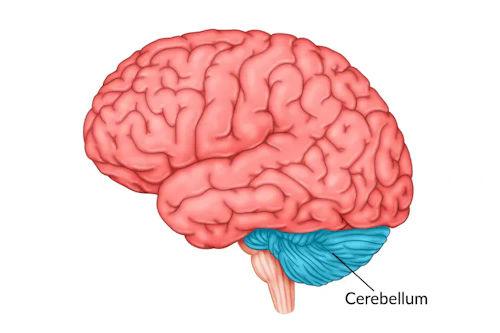 When we punch or move in push-hands in the most effective moments, the feeling is often “How did that happen so well?” or even “Did I do that?” The reason is that the cerebellum acts outside of consciousness. There are afferent and efferent cells that connect the cerebrum and cerebellum so the cerebrum’s intention (willpower) can tell the cerebellum what the goal is. That allows us to moderate the amount of force and speed we use, when practice sparring vs. in a real fight.
When we punch or move in push-hands in the most effective moments, the feeling is often “How did that happen so well?” or even “Did I do that?” The reason is that the cerebellum acts outside of consciousness. There are afferent and efferent cells that connect the cerebrum and cerebellum so the cerebrum’s intention (willpower) can tell the cerebellum what the goal is. That allows us to moderate the amount of force and speed we use, when practice sparring vs. in a real fight.